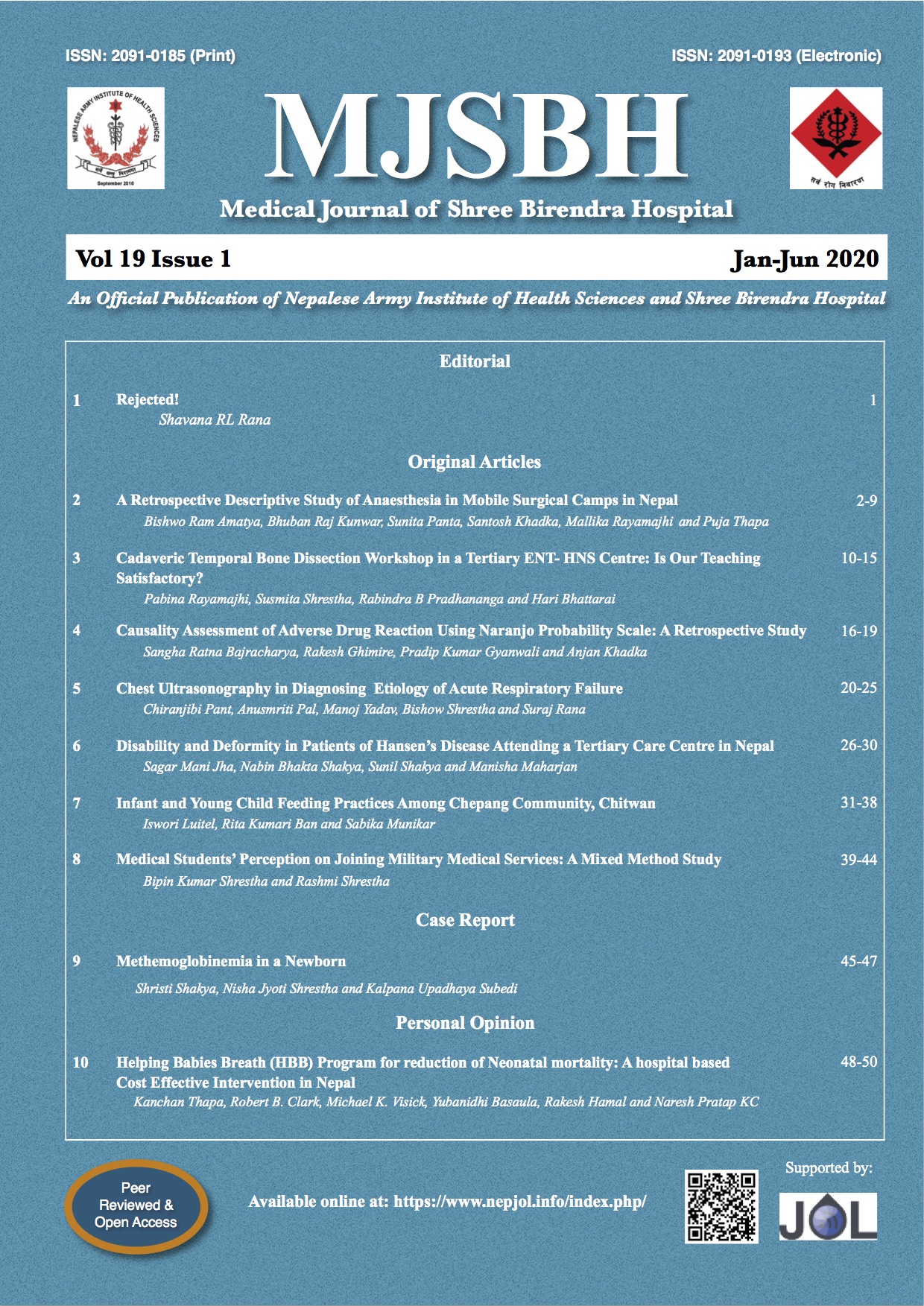Rejected
Keywords:
rejection letterAbstract
Rejection is faced by all of us; it is upon us to take it in one’s stride. If we consider rejection as a step in scientific writing, handling a rejection becomes easy and bearable. The very fact that most of the well known scientific authors have faced rejection somewhere down their academic career would perhaps help most of the academicians to take rejections logically. It is no wonder to many academicians that even Albert Einstein had been rejected for the post of Lecturer in numerous universities and worked as a clerk in a Patent office.1
The letter of rejection might state various reasons, common ones being lack of originality, incomprehensibility, poor scientific reasoning or unsuitable to that journal’s readership. No matter what the reason may have been, a set format of polite rejection mail from the most journals is quite familiar to most of us. This is a very important guiding principle for improvement of the quality of the article. This should be taken as a stepping-stone in the process of acceptance for publication.
The rejection rate of journals can vary tremendously. Generally, the higher the academic value of the journal, the higher the rejection rate. Most of us are discouraged by the higher rejection of the highly reputed journals. Many reputed journals have a rejection rate of 80 to 85%.2 However, the best part of highly reputed journals is that along with their polite mail of rejection, they also send the expert opinion of the reviewers why the particular article would have been rejected. In this regards, it is sometimes more logical to consider such reputed journals for ones submission. If the rejection mail arrives in less than a month, then it is probable that it was not sent to a reviewer and was rejected by the editors, in view of basic formatting not being in consonant with the journal or the substance matter not fitting in with the scope of the journal.
It is upon the author to decide whether to reform the article or send it to a new journal after the rejection. Generally, the pool of reviewers for many reputed journals have many names common. So, if the author does not modify the article and submit it to another journal, very likely, the reviewer’s comments also remain the same. Usually if the reviewer has sent some comments, amending the article according to the critical comments and resubmitting is wise and more scientific rather than hunting exasperatedly for optional journals. It is always advisable to rethink and spend some time reforming your article according to the journal’s guidelines and the reviewer checklists. And many of the times, it would be much prudent to take the reviewer’s comments seriously and it would surprise the author how his/her article can turn out so beautiful after modifications. If you are not ready to accept the reviewer’s comments, it is better to give reason validating your writing but continuous letter of rejection demands serious rethinking of the whole approach.
Downloads
Downloads
Published
How to Cite
Issue
Section
License
This license enables reusers to distribute, remix, adapt, and build upon the material in any medium or format for noncommercial purposes only, and only so long as attribution is given to the creator.




